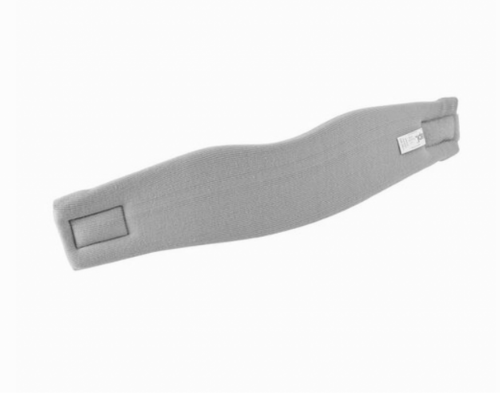The cervical collar was created as a way to immobilise the neck following trauma, particularly during extraction and transport to medical care. Makeshift collars were used by Americans during the Vietnam War in the early 1960’s but the first civilian call for cervical collars came from Dr JD Farrington, a US orthopaedic surgeon, in his paper entitled ‘Death in a Ditch’ where he sought standardisation of pre-hospital training, equipment and practice so as to prevent the ‘sloppy and inefficient removal’ of motor vehicle accident victims.
Despite the strong uptake of the procedure, subsequent research showed that rigid neck collars had little value and even had negative effects. The only benefit was indicating that a neck injury had occurred and this could be achieved just as well with a soft collar. At the same time the introduction of compulsory seatbelt legislation in the 1970’s was associated with an increase in acute neck sprains (whiplash associated disorders) and the soft collar became the mainstay of treatment.
Soft collars were also used for other non-traumatic neck conditions to reduce painful movement. Many patients that were issued with soft collars at hospitals would maintain their use on discharge and subsequently present for physiotherapy treatment. The visibility of the collar and the sympathy it may elicit can cause patients to become psychologically dependent on the device. Physiotherapists manage their use, and removal.
Description provide by Glenn Ruscoe of Australia
References:
McKinney LA, et al. 1989. The role of physiotherapy in the management of acute neck sprains following road-traffic accidents. Archives of Emergency Medicine, 6, 27-33.
Rogers L. 2017. No place for rigid cervical collar in pre-hospital care. International Paramedical Practice, 7(1), 12-15.

